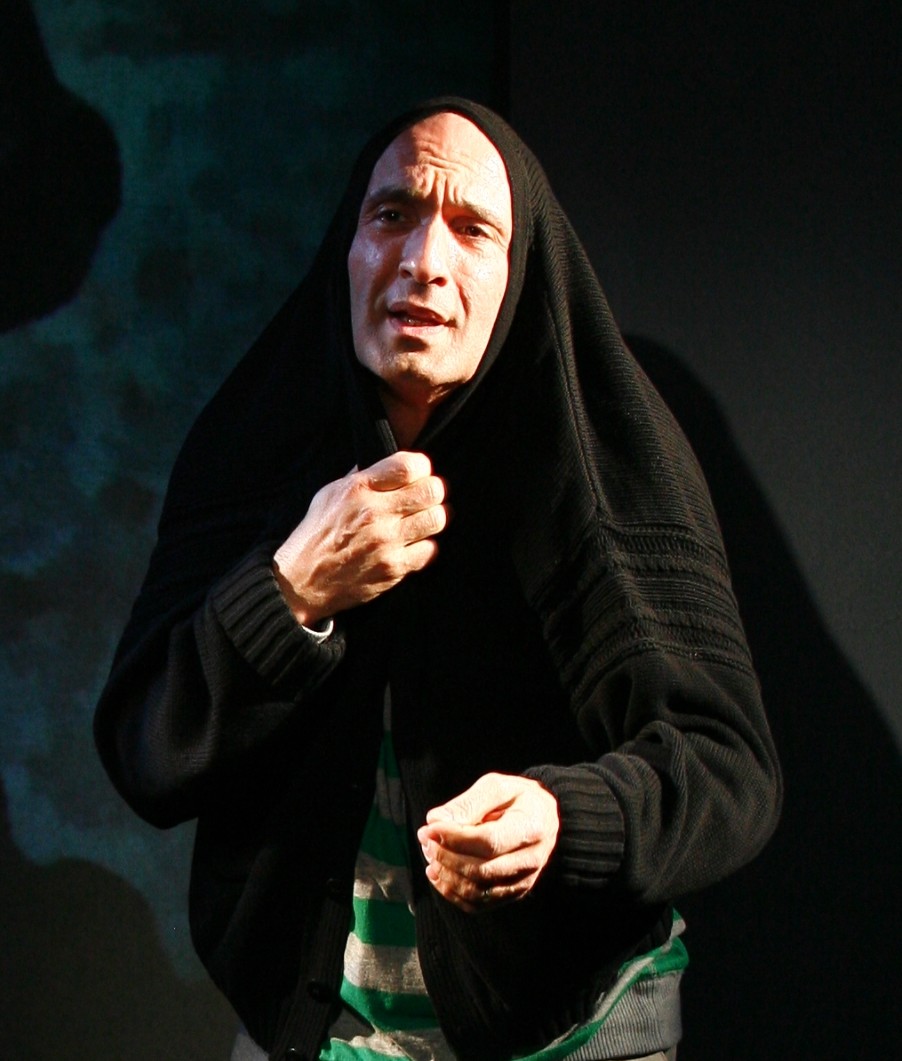Award-winning actor and playwright Frank Ingrasciotta performs excerpts from his acclaimed solo play Blood Type: RAGU, which was published this year. The 2009 off-Broadway production has continued to tour, with more than 1,200 performances nationally and internationally in more than 125 venues. The one-man play tells an affecting story involving twenty-two characters that explores a second-generation Italian American child’s delicate balance between searching for identity, embracing culture, and understanding forgiveness.
“Transcending stereotypes, Ingrasciotta is a master of comedic and dramatic balance.”
—Show Business Weekly
Discussion led by Fred Gardaphé, John D. Calandra Italian American Institute, Queens College, CUNY.

